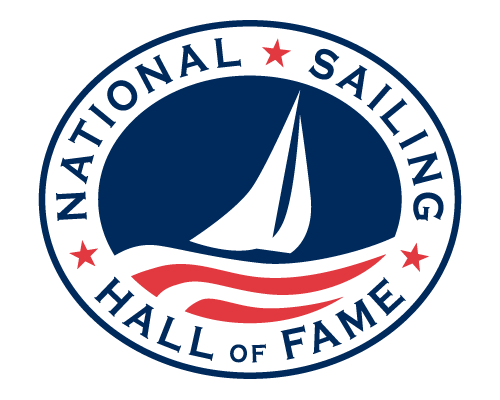Operator Guidance Based on Assessing the Wind-Heel Angle
Relationship of Traditionally-Rigged Sailing Vessels
Bruce Johnson, U. S. Naval Academy, Co-chair, SNAME Panel O-49, (FL)
Jan C. Miles, Captain, Pride of Baltimore II, (V)
William C. Lasher, Penn State Erie, The Behrend College, Chair, SNAME Panel SC-2, (M)
John Womack, Chesapeake Shipbuilding, Co-chair, SNAME Panel O-49, (M)
ABSTRACT
This paper reports on a series of projects funded by the Society of Naval Architects and Marine Engineers (SNAME) T&R Steering Committee. Analysis of underway data recorded on the Pride of Baltimore II in conjunction with CFD modeling has shown promising results on achieving useful wind-heel stability guidance. The resulting volumes of data were then entered into spreadsheets to develop the vessel’s wind-heel stability characteristics. The current method of analysis involves the concept of Significant Heel Angle Analysis, i.e. the average of the highest one third of the heel angles obtained by sorting the data records by decreasing heel angle. This concept appears to be independent of whether or not a mast motion correction is applied to the wind anemometer data. Significant heel analysis also avoids the skew in the averages caused by small heel angle analysis. Most important, these characteristics can then be conveyed to the master in simple color coded charts.
